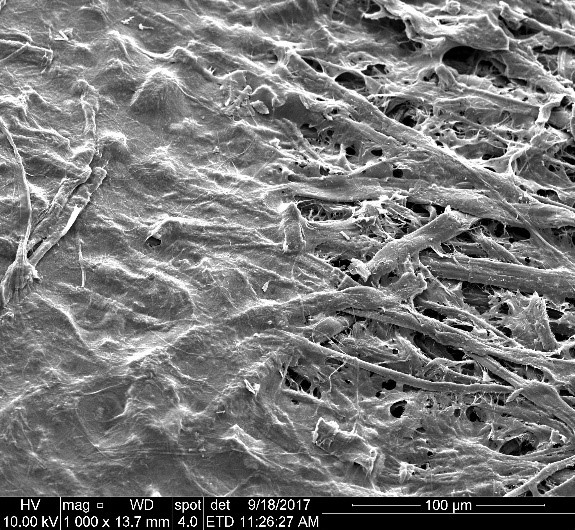Nanocellulose as stabilizers for damaged paper
SUPERVISORS: Antje POTTHAST
PROJECT ASSIGNED TO: Laura VÖLKEL
Paper has been the most important information medium historically and it continues to be so nowadays. Libraries, archives and museums are full of paper objects with immense historical value such as books, manuscripts, letters, graphics, maps or similar items from our rich cultural past. The institutions’ mission is to preserve the cultural heritage. One of the major challenges in this regard is the conservation of physically damaged specimens. The types and the causes of damage are manifold and vary, e.g.:
- mechanical damage in form of cracks, cuts, or losses which are caused by local and/or external forces acting on single items during storage or handling,
- endogenous cellulose degradation promoted by acidic and oxidative compounds contained in ink, sizing or lignin or simply as degradation products of paper itself,
- biodeterioration or volatile organic or inorganic compounds degrade cellulose endogenously,
- disasters like fire, flooding or collapse buildings cause specific and severe damage patterns.
The above-mentioned effects might alter the properties of the paper quite fundamentally. The strength or flexibility are lost, further use of the object can cause additional damage. Hence, the stabilization of such papers is very important. Different types of nanoscale-structured celluloses, such as nanofibrillated, nanocrystalline or bacterial cellulose are promising as new stabilizing materials for paper due to their close structural resemblance to the paper itself. Nanocellulose suspensions can stabilize damaged papers by a direct and adhesive-free application (see figure 1; Völkel et al. 2017). On the basis of first results from our previous studies, a comparative evaluation for paper conservation purposes will be performed for commercially available nanocelluloses as well as for model nancelluloses. Especially the application of nanocelluloses on severely damaged papers with extreme damage patterns like burned papers (see figure 2) or those damaged by iron gall ink, will be examined in detail. The overall influence on the paper matrix and the adhesion of nanocellulose to the paper are of special interest. Additionally, different modifications are investigated for enhancing functionality of nanocellulose and tuning them towards the specific damage patterns. The project runs in close cooperation between the University of Natural Resources and Life Sciences, Vienna, Austria, and the Dutchess Anna Amalia Library in Weimar, Germany.

Fig. 1: A mechanical damaged paper (left) is consolidated and stabilized (right). The cracks and losses are closed and coated.

Fig. 2: Burned paper coated with fibrillated nanocellulose: the damaged surface of burned paper (right) is smoothed by nanocellulose (left).
1 Völkel, L.; Ahn, K.; Hähner, U.; Gindl-Altmutter, W.; Potthast, A.: Nano meets the sheet: Adhesive-free application of nanocellulosic suspensions in paper conservation. In: Heritage Science 5, 2017, H. 1, p. 1–17, doi: 10.1186/s40494-017-0134-5.
